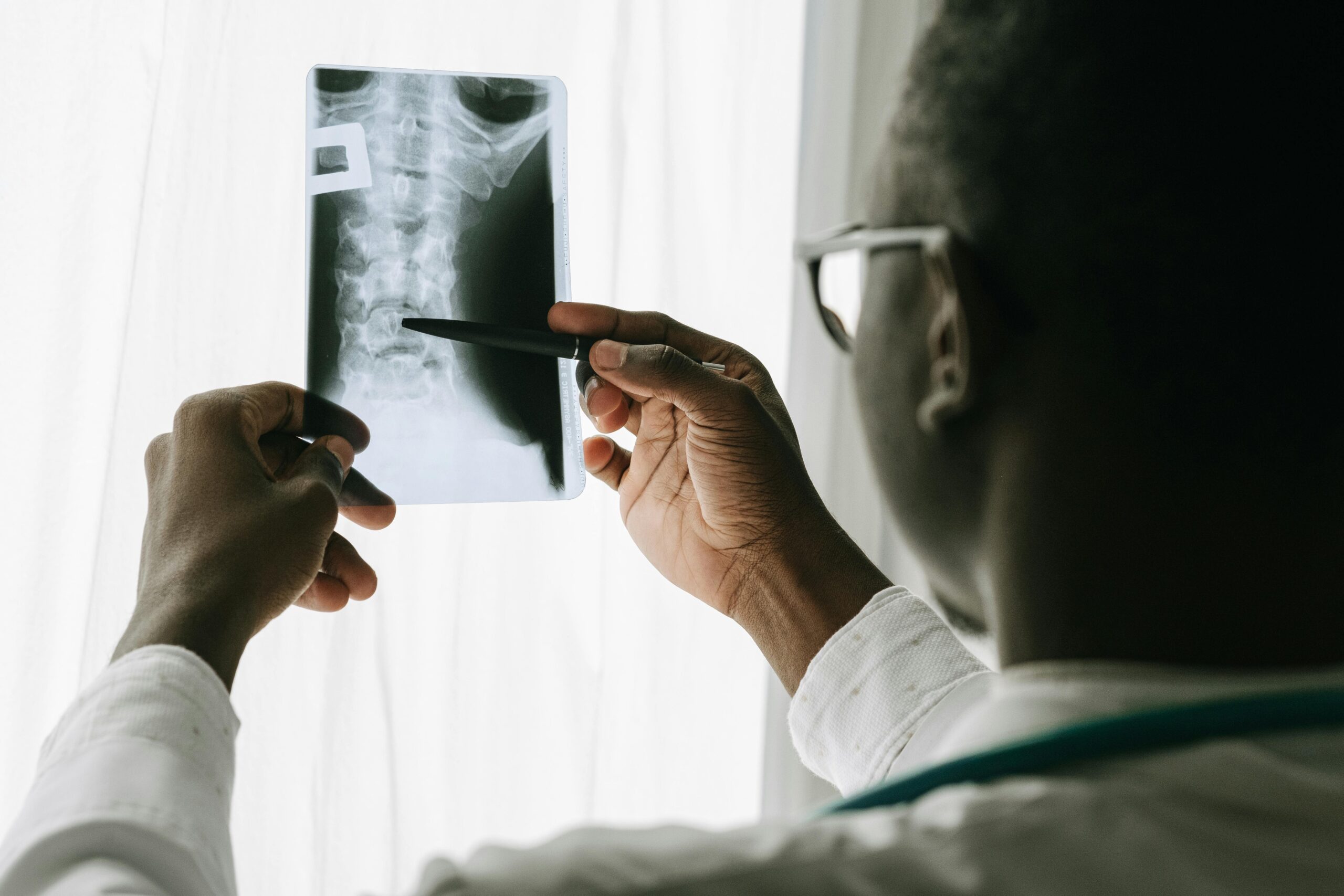Now Reading: What You Should Know About Cervical Spinal Cord Injuries
-
01
What You Should Know About Cervical Spinal Cord Injuries

What You Should Know About Cervical Spinal Cord Injuries
Sustaining a spinal cord injury is among the most severe physical traumas one can experience in life. Coping with injuries can significantly affect a person’s ability to move and carry out tasks effectively, affecting their quality of life. Hence, it is vital for those experiencing these challenges and their families to grasp the gravity of these situations.
This article explores types of spinal cord injuries, the causes, symptoms, treatment alternatives, and potential ways to recover from injuries.
Types of Spinal Cord Injuries
Based on how and where in the spinal cord the injury has happened, there are two broad classifications. By location, there are four types of spinal cord injuries: cervical, thoracic, lumbar, and sacral spine injuries. Based on severity, there are two types: incomplete and complete injury (usually means permanent loss of ability and paralysis).
Impact of Cervical Spinal Cord Injuries
A spinal cord injury in the neck region can impact movement and sensation from the neck to the arms and beyond due to damage affecting the seven vertebrae labeled C1 through C7 in that area. If this part of the cord is affected by harm, it may lead to a complete loss of motor function and feeling below the level of the injury.
Frequent Reasons
There are reasons why cervical spinal cord injuries can occur in individuals. Car accidents are a cause. It can result in whiplash or direct impact. Falls are a contributor, to these injuries among people. Sports-related mishaps in activities like football or diving also present risks for injuries. Violent acts such as gunshot wounds or physical attacks can also lead to these injuries, which are common occurrences.
Identifying Signs of Illness
Recognizing signs is vital in handling cervical spinal cord injuries since symptoms can differ depending on the seriousness and position of the injury itself. Frequent clues involve neck discomfort, breathing challenges, and diminished feeling or mobility in limbs. Certain people may also encounter changes in reflexes or muscle twitches. In scenarios, there’s a potential for total paralysis beneath the point of injury to happen.
Evaluating the Condition
Diagnosing cervical spinal cord injuries accurately requires a mix of assessment and medical imaging procedures. The initial step typically involves an evaluation to gauge motor capabilities and sensory reactions. Imaging methods such as X-rays, MRI scans, or CT scans are then used to visualize the severity of the injury and direct subsequent treatment. Prompt diagnosis plays a role as it can greatly impact the recovery process.
Treatment Options
Dealing with spinal cord injuries involves a process that typically includes immediate and long-term tactics. First and foremost is ensuring the spine’s stability is maintained effectively to avoid harm. In some cases, surgery may be needed to alleviate pressure or mend injured tissues. Rehabilitation is key here, as physical therapy strives to enhance strength and movement capabilities. Occupational therapy steps in by helping individuals adjust and find methods for carrying out their activities.
Recovery and Rehabilitation
Recovery outcomes for people with cervical spinal cord injuries can differ significantly from person to person; some may experience improvements, while others might encounter difficulties over time. Rehabilitation aims to boost self-sufficiency and well-being by incorporating exercises and innovative tools to improve abilities and nerve pathways. Therapists also emphasize the importance of mental support as these injuries can profoundly affect a person’s state.
Recent Progress in Medical Treatment
New technological developments bring optimism to individuals facing spinal cord injuries. Breakthrough treatments like stem cell therapy and neural prosthetics hold the potential to restore functionality. Exoskeletons—devices that aid in mobility—present another notable advancement. These innovations underscore the future of enhancing treatment effectiveness despite being in phases of development.
Providing Assistance to Those Impacted
Help and assistance for people with cervical spinal cord injuries go beyond treatment. Loved ones and friends are essential in offering emotional support and practical help during recovery journeys. Encouragement and empathy impact the healing process. Community support, such as counseling and support groups, provides aid in guiding individuals and their families through the challenges of coping with these types of injuries.
In Summary
Sufferers of cervical spinal cord injuries face obstacles; however, comprehending the characteristics of injuries and the treatments at hand can provide strength to those affected and their loved ones. With progress in advancements and rehabilitation methods, there is optimism for better results and a higher standard of living. Individuals affected by these injuries can discover a way to progress toward healing and adjustment by joining forces and offering encouragement.










